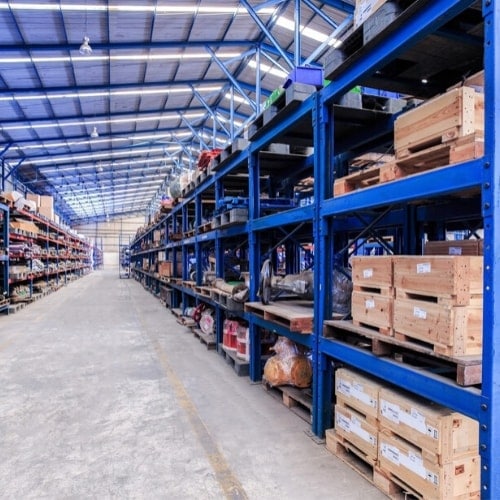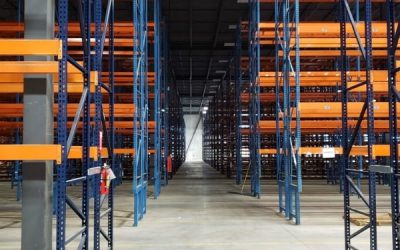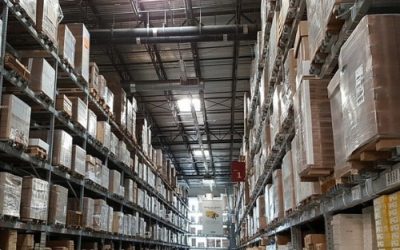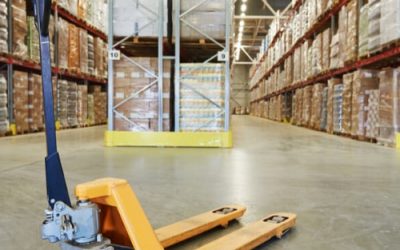Avoid These 4 Pitfalls When Purchasing Warehouse Equipment or Opening a New Facility
As a premier resource for local businesses that are looking to liquidate pallet rack and other warehouse equipment, Used Warehouse Equipment understands that buying equipment for a warehouse or storage facility is a complex process that comes with its unique challenges. Whether your company is relocating to a new facility or you want to install a new storage system to replace your existing one, it is crucial to keep expenses low, and purchasing new equipment can take a toll on your budget.
An economical way to save money is to purchase used racking, shelving, and other material handling equipment sold at a deep discount and still in good condition. While this practice sounds good in theory, this guide will take a look at what to consider and avoid when opening a new facility or expanding your current one.
- Wrong Equipment
The first concern, when it comes to used warehouse equipment, are the specifications that one makes in the Request for Quotation, or RfQ. “Specifications” refers to the information the buyer needs to know about the equipment to ensure that they are getting the correct sizes, capacities, and style of material for the desired application. You should always know your equipment specifications before purchase, and if possible, you should check out these specifications in person.
- Overpaying
Acquiring damaged, inadequate, or unsuitable equipment could end up costing you more than brand new products. However, buying used equipment that functions just as well as new will save you money in the long run! As the leader in facility and warehouse optimization, our used equipment is thoroughly inspected to guarantee quality, reliability and we ensure it meets strict safety standards.
- Lack of Permits
Obtaining permits can be a time-consuming and a very involved procedure that often comes with strict regulations. When permitting a warehouse, two entities need to be satisfied:
- The Building Department
- The Fire Department
Depending on your warehouse’s location, the fire code and building requirements can vary. Requirements differ from city to city, so you need to be familiar with any additional requirements your area needs. Some of the examples of additional requirements include a letter of intent that explains the warehouse procedures, products stored, and evacuation plans.
Any significant changes you make to your warehouse or inventory management will most likely require re-submission. Make sure to check with your local city government for the specific requirements your city and state have.
- Not Optimized for Growth
Business owners want to optimize their warehouse space. More than likely they are leasing space by the square foot. Even if a company owns a warehouse, it is paying for insurance, climate control, etc. No one wants to pay for unused space unless they have a guaranteed need of using it in the near future.
Still, many organizations fail to plan for future expansion. A proper plan should anticipate shifts in market demand (including seasonal changes), inventory and supply chain modifications at least five to ten years out. A plan should also outline appropriate responses to business growth, such as the logistics of additional pallet racks, how to manage overstock space, when to rely on a remote long-term storage location and so on.
If you want more information about purchasing our available products or to liquidate pallet racking, contact Used Warehouse Equipment today.




